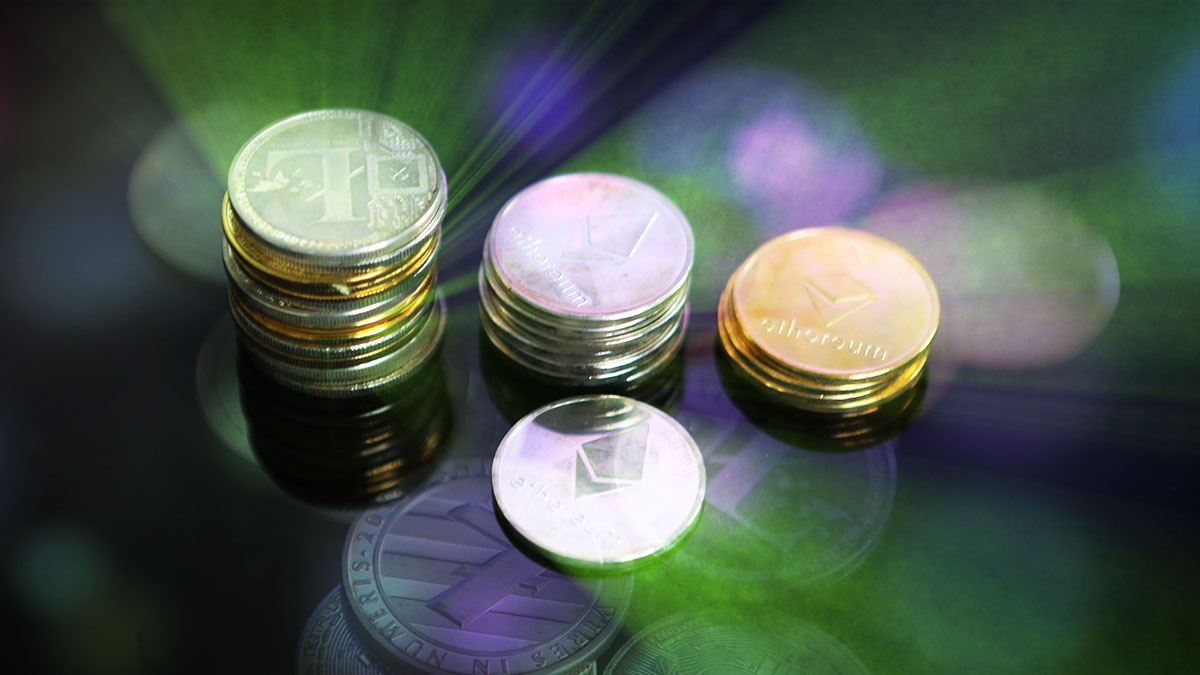At the recent Real World Assets Summit in New York, Meltem Demirörs and Robert Leshner, CEO of Superstate, discussed the implications of tokenizing tangible assets. The conversation, moderated by Laura Shin of the Unchained podcast, delved into the potential and risks associated with this emerging trend.
What Are the Key Benefits of Tokenization?
Leshner highlighted that tokenization could enhance the security and functionality of trillions of dollars worth of assets. He indicated, “We have $500 trillion in assets that can transition from bad ledgers to good ones,” emphasizing the positive influence of cryptocurrency decentralization on these tokenized assets.
What Challenges Does Tokenization Present?
Demirörs, however, raised concerns, describing tokenization as superficial improvements to fundamentally poor investments. “Tokenization is like putting lipstick on a pig,” she quipped, suggesting that it may not represent a true innovation in the crypto space. She further argued that this process could divert assets from the crypto ecosystem to conventional financial institutions.
The dialogue illuminated both the advantages and disadvantages of tokenizing real-world assets, proposing critical perspectives on the future interaction between cryptocurrency and traditional finance. While tokenization may offer improvements in security and accessibility, criticisms regarding asset management and oversight are likely to continue.
- Tokenization could make previously illiquid assets more accessible.
- Security levels for asset transactions may significantly improve.
- There is a risk that tokenization centralizes wealth rather than decentralizes it.
The insights from this summit indicate that while tokenization holds promise for enhancing asset management, it also raises important questions about the direction of capital flow and the integrity of the financial ecosystem.










Leave a Reply